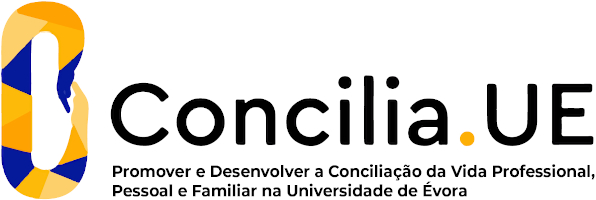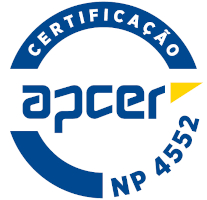2024
Oenological chemistry
Name: Oenological chemistry
Code: QUI13078L
6 ECTS
Duration: 15 weeks/156 hours
Scientific Area:
Chemistry
Teaching languages: Portuguese, English
Languages of tutoring support: Portuguese, English
Regime de Frequência: Presencial
Sustainable Development Goals
Learning Goals
The major objective of this curricular unit is the study of the chemical components of the grapes and wines and their role in the characteristics, progress and quality of a wine.
At the end of the curricular unit students should be able to:
a) relate their knowledge about the chemical composition of grapes and wines with the quality of the wines;
b) to acquire skills in the critical search, selection of scientific literature and to present oral or written work in the oenology field.
At the end of the curricular unit students should be able to:
a) relate their knowledge about the chemical composition of grapes and wines with the quality of the wines;
b) to acquire skills in the critical search, selection of scientific literature and to present oral or written work in the oenology field.
Contents
Chemical characterization of the grapes and wine:
1. Organic acids from the grapes and the fermentation. Acid-base properties. Buffer effect.
2. Sugars coming from the grapes and sugars arising from the fermentation process. Fermentable and nonfermentable sugars.
3. Nitrogen compounds: organic and mineral nitrogen. Aminoacids, peptides e proteins. Bioamines.
4. Minerals present in the grapes and in the wine.
5. Alcohols of low and high molecular weight.
6. Chemical compounds related to the aroma. Terpenoids, pirazines e sulfur-based compounds. Alcohols esters, aldehydes e ketones.
7. Phenolic compounds: Phenolic acids and alcohols, stilbenes, coumarins e flavonoids. Tannins.
8. Alterations of the chemical composition of wines due to ageing.
1. Organic acids from the grapes and the fermentation. Acid-base properties. Buffer effect.
2. Sugars coming from the grapes and sugars arising from the fermentation process. Fermentable and nonfermentable sugars.
3. Nitrogen compounds: organic and mineral nitrogen. Aminoacids, peptides e proteins. Bioamines.
4. Minerals present in the grapes and in the wine.
5. Alcohols of low and high molecular weight.
6. Chemical compounds related to the aroma. Terpenoids, pirazines e sulfur-based compounds. Alcohols esters, aldehydes e ketones.
7. Phenolic compounds: Phenolic acids and alcohols, stilbenes, coumarins e flavonoids. Tannins.
8. Alterations of the chemical composition of wines due to ageing.
Teaching Methods
Each theme will be subject of a theoretical exposition. Assessment will be made by combining various elements collected during the semester, which will include written exams and a written and oral presentation of a review paper on a subject chosen by the student under the supervision of the teacher.
The final grade will be obtained with a formula in which each element will be assigned a weighting factor to be agreed with the students.
The final grade will be obtained with a formula in which each element will be assigned a weighting factor to be agreed with the students.
Teaching Staff
- Cristina Maria Barrocas Dias [responsible]
- Paulo Jorge Gomes Mendes





















